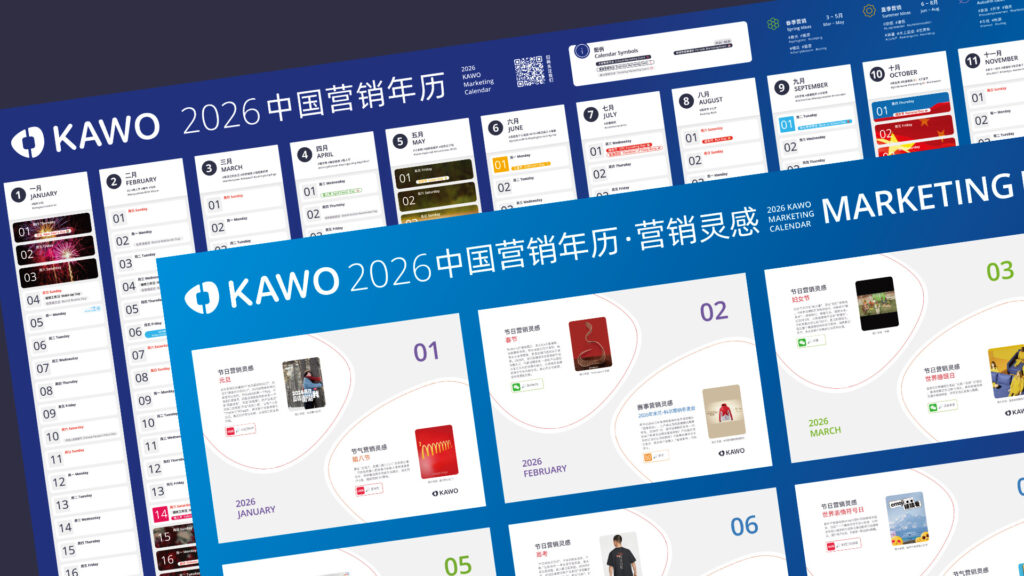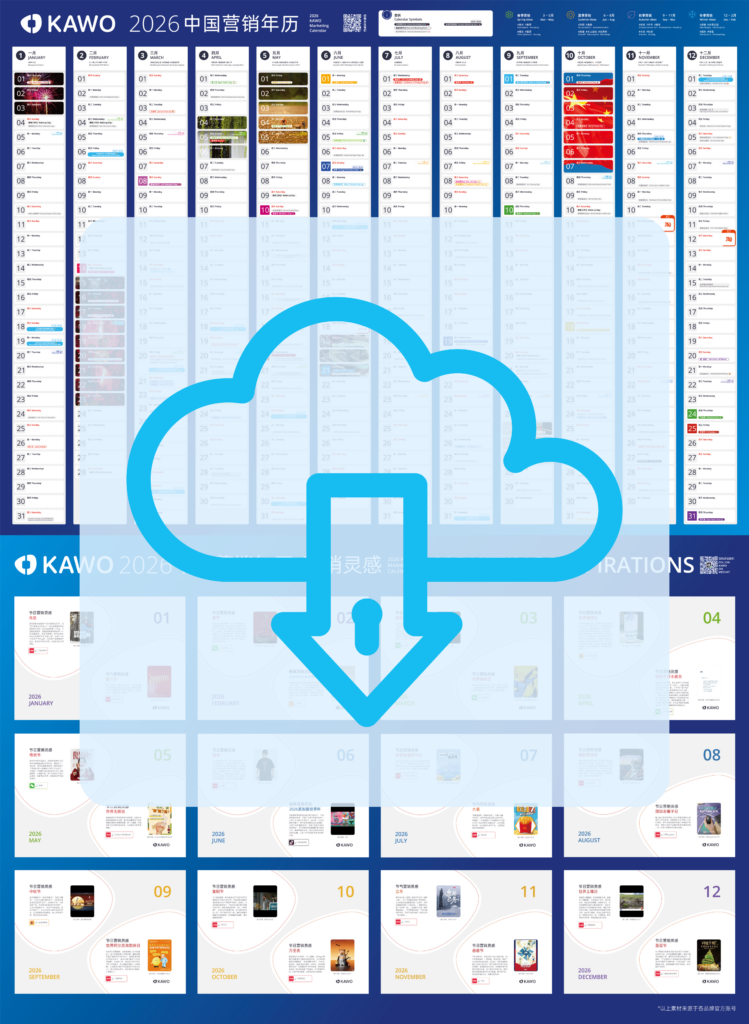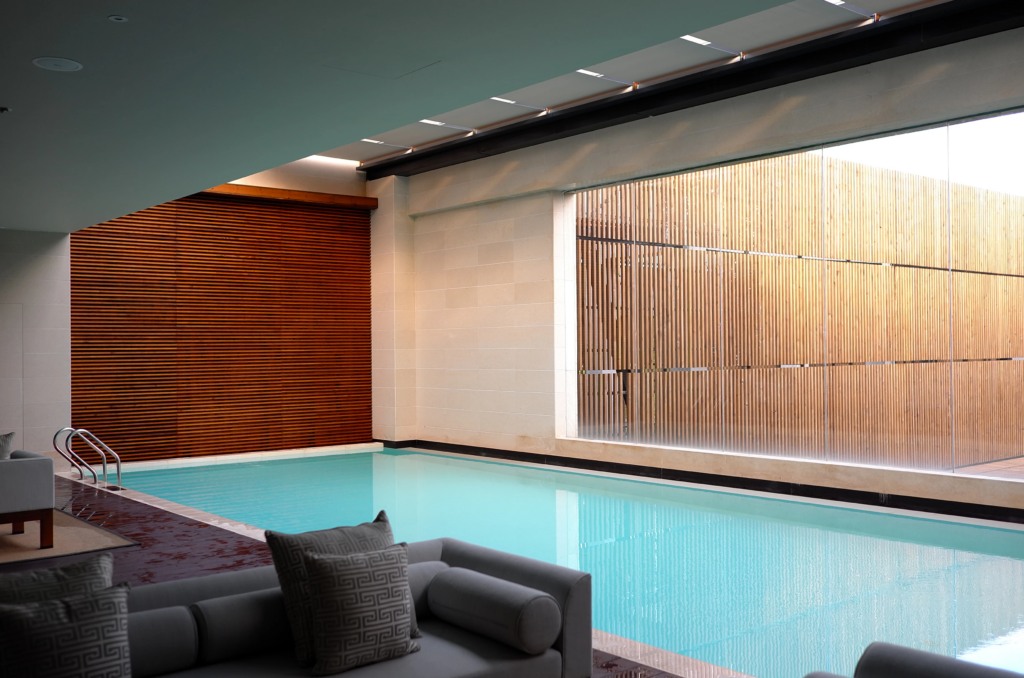Tue 23 Dec 2025
2026 China Marketing Calendar by KAWO Makes Its Grand Debut✨
What’s New: Highlighting Key China Marketing Moments

🔍 “365 Days” – A Comprehensive View of Your Brand Every Day
The calendar is designed and arranged by month, with a blank space reserved for notes on each day. It offers printing-level precision, suitable for high-quality printing. It can be easily pasted on the wall, eliminating the need for manual flipping. From a global perspective, it allows brand and marketing teams to precisely target marketing efforts to each day.
💡 Excellent marketing cases inspire creative inspiration
Bringing together outstanding cases from 24 B2C and B2B brands at various marketing nodes, this reveals how to effectively convey brand value and social responsibility through clever combinations of festivals and products, enhancing brand recognition and sales conversion. It opens up new ideas and provides inspiration for marketers.

🗓️ Highlight important marketing milestones
The other one of the most exciting features of the 2026 Marketing Calendar is the inclusion of over 160 important marketing milestones, carefully categorized into four distinct groups:
1.Critical Marketing Event
These are the industry-defining events that are expected to drive significant consumer attention and engagement. Think of it as the high-impact moments of the year—moments that can make or break your brand visibility.
e.g. Valentine’s Day, Dragon Boat Festival, National Day
2. Essential Marketing Event
These are crucial dates for brands to align with to ensure they don’t miss out on key audience touchpoints. These events may not be as high-profile as the major events, but they still hold significant value in terms of audience engagement and brand relevance.
e.g. Arbor Day, World Book Day, National Fitness Day
3. Trending Marketing Event
As China’s market continues to evolve rapidly, new and emerging trends are continuously reshaping the landscape. This section of the calendar highlights these budding trends, ensuring marketers stay ahead of the curve and tap into fresh, innovative opportunities.
e.g. World Bicycle Day, China Tourism Day
4. Periodic Marketing Event
Some marketing initiatives require a longer-term focus. This category includes recurring events and seasonal campaigns that may not have a one-off impact but contribute to long-term brand growth and customer loyalty.
e.g. FIFA World Cup 2026, Winter Olympics
The Calendar provides a valuable tool for planning marketing campaigns in advance, helping you seize every potential growth opportunity in the upcoming new year!








